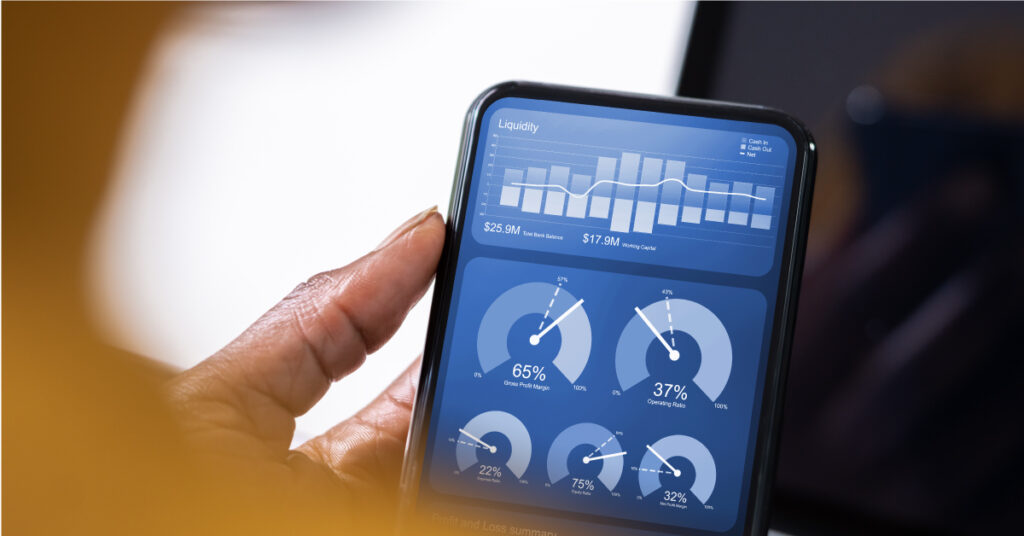Measuring consumption pricing can be complex and it’s important for organizations to get it right in order to optimize their pricing strategy. One common mistake is not accurately tracking usage data, which can lead to inaccurate billing and forecasting. Another mistake is failing to align pricing metrics with customer value and usage patterns, which can result in customers feeling overcharged or undercharged. Additionally, not properly communicating pricing changes and entitlements to customers can lead to confusion and mistrust.

To avoid these mistakes, organizations should prioritize accurate tracking and analysis of usage data, align pricing metrics with customer value and usage patterns, and invest in clear and transparent communication with customers about pricing changes and entitlements. By doing so, organizations can ensure that their consumption pricing strategy is successful and meets the needs of their customers.
When transitioning to consumption-based pricing, companies need to identify and track key metrics to ensure the success of their new pricing model. Here are some of the most important benchmarks to consider:
- Adoption and usage rates:
One of the most critical benchmarks for consumption-based pricing is adoption and usage rates. Companies need to ensure that customers are actively using their products or services to generate revenue. Metrics to track might include the number of active users or devices, the frequency of usage, and the amount of data or processing time consumed.
- Customer lifetime value (CLTV):
CLTV is a measure of the total revenue a customer is expected to generate over the course of their relationship with a company. For consumption-based pricing, it’s essential to track the CLTV of customers and make sure it’s increasing over time. Companies can use this metric to identify high-value customers and focus on retaining them.
- Customer acquisition costs (CAC):
CAC measures the cost of acquiring a new customer, including marketing and sales expenses. For consumption-based pricing, it’s important to keep CAC as low as possible to maximize profitability. Companies can track this metric to identify which marketing and sales channels are the most effective and adjust their strategies accordingly.
- Gross margin:
Gross margin measures the difference between revenue and the direct costs of providing a product or service. For consumption-based pricing, it’s important to ensure that the gross margin is high enough to cover the cost of providing the service and generate a profit. Companies can use this metric to identify areas where they can reduce costs or increase prices.
- Churn rate:
Churn rate measures the percentage of customers who cancel their subscriptions or stop using a product or service. For consumption-based pricing, churn can be a significant challenge if customers don’t see enough value in the product to continue using it. Companies need to track churn rates and identify the reasons why customers are leaving to take corrective actions.